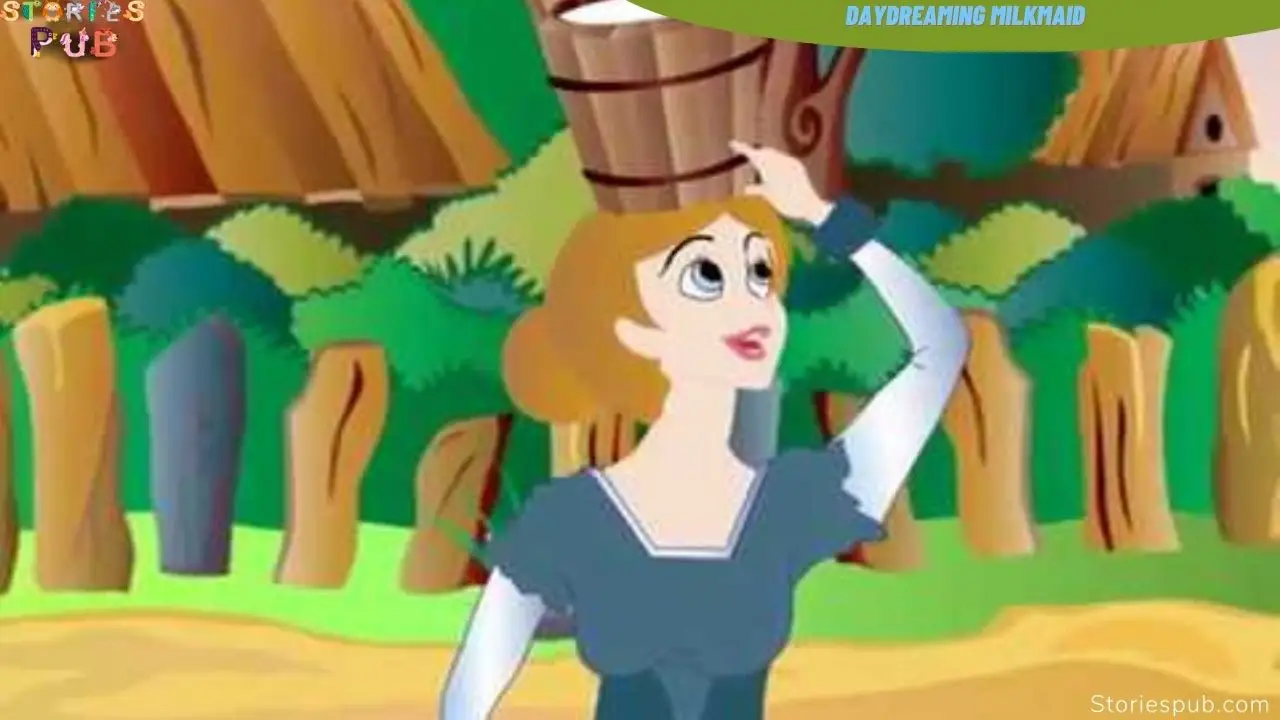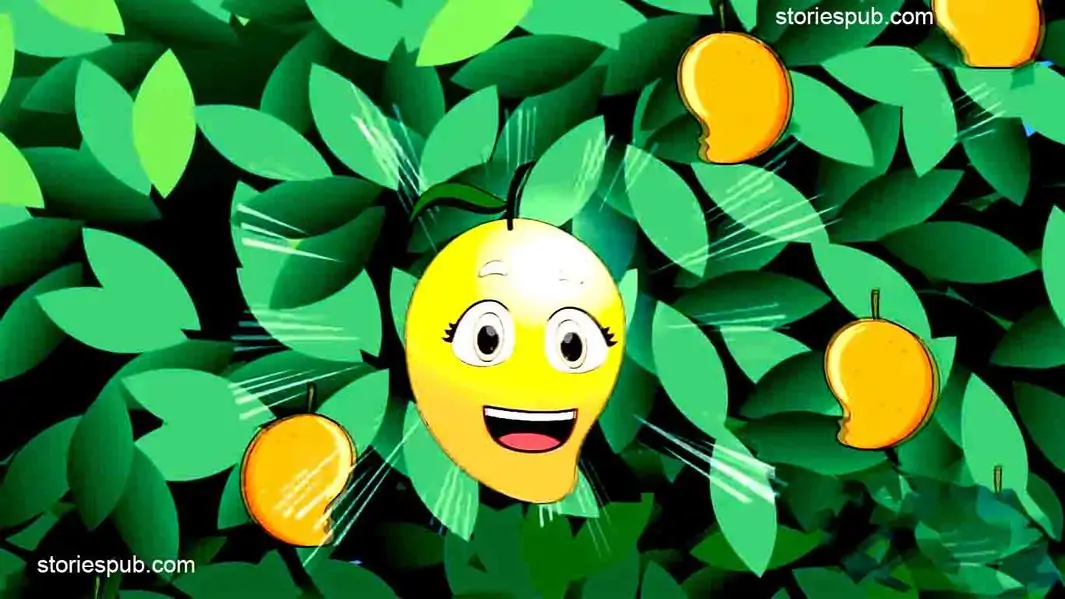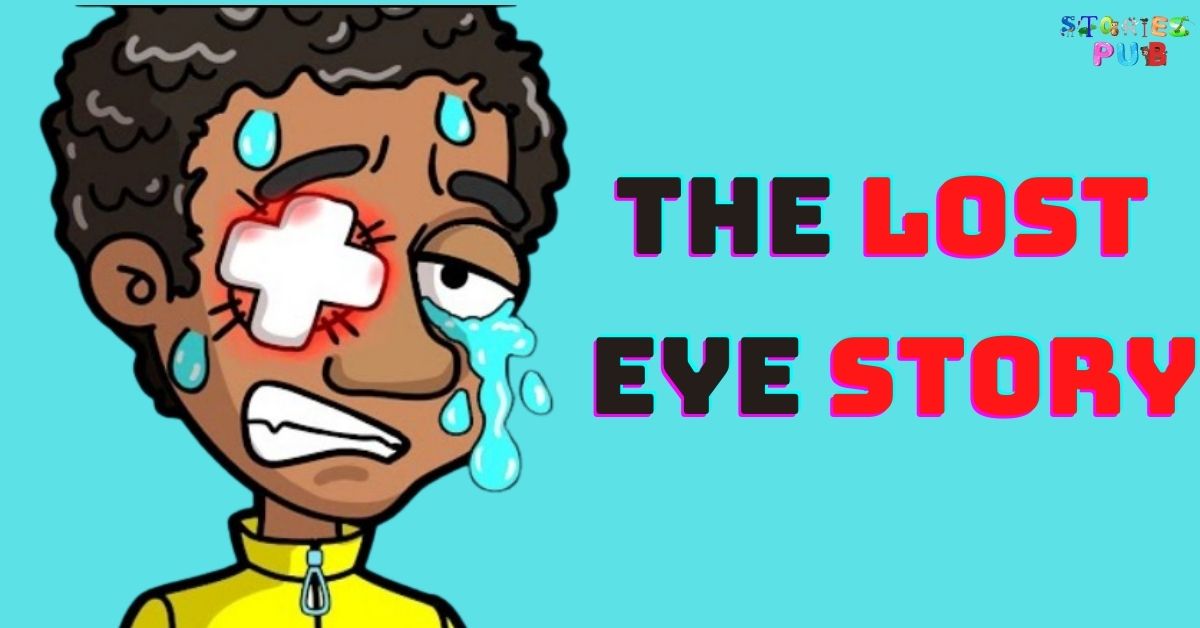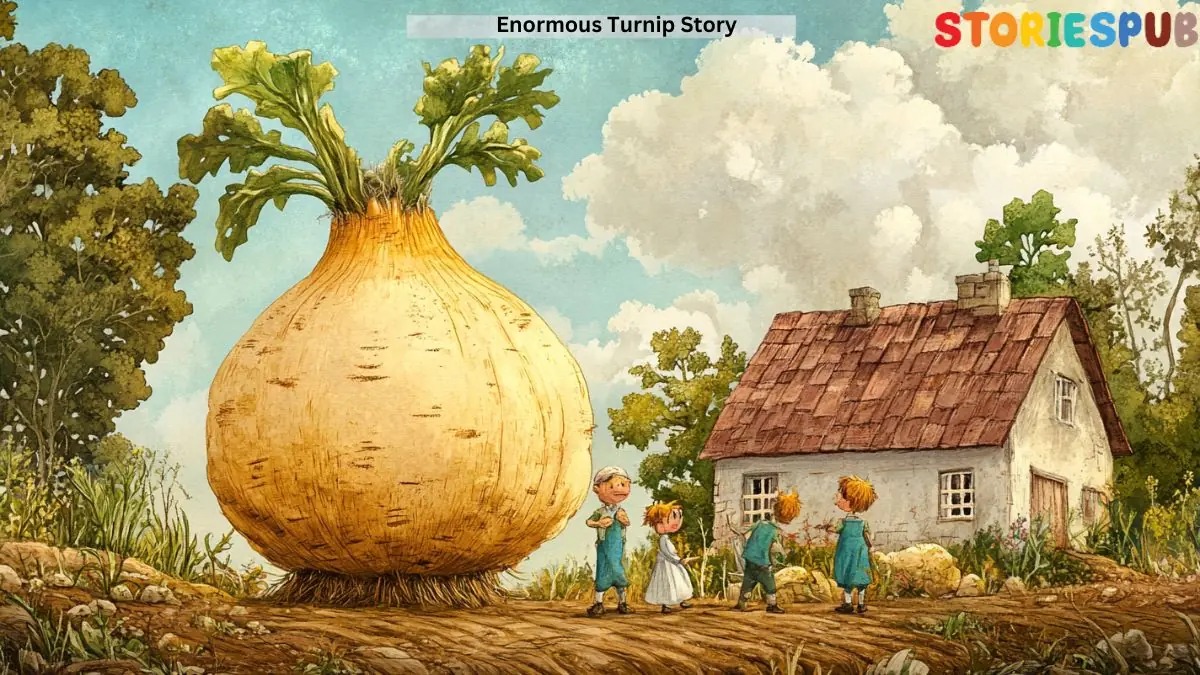Hickory Dickory Dock: Older and Newer Versions of a Poem
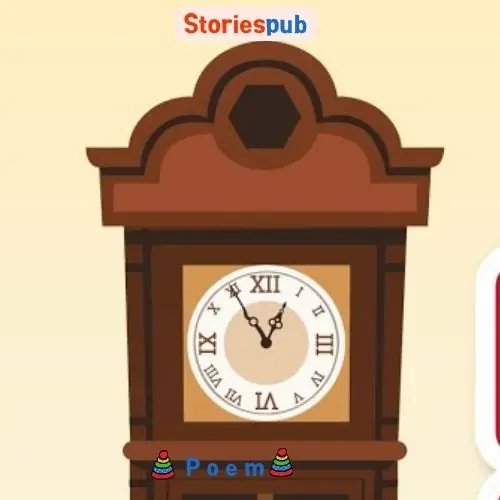
“Hickory Dickory Dock” is a traditional nursery rhyme that has been passed down for generations. It is believed to have originated in England, but the exact author and date of creation are unknown.
The poem features a mouse that runs up a clock and the subsequent actions of the clock. The rhyme has a sing-song rhythm and is easy for children to memorize.
Some interpretations suggest that the rhyme has historical significance, possibly referring to the curfew laws that were enforced in England during the Middle Ages. Others believe that it is simply a whimsical children’s rhyme with no deeper meaning.
Despite its uncertain origins and meaning, “Hickory Dickory Dock” has become a beloved nursery rhyme around the world and is often taught to young children to help them learn about telling time and counting.
The poem has been adapted into various forms of media, including books, cartoons, and songs, and is often used in popular culture as a reference to childhood and nostalgia.
Hickory Dickory Dock (New Version)
Hickory Dickory Dock,
The mouse ran up the clock.
The clock struck one.
The mouse ran down,
But he tripped and fell—what a shock!
Hickory Dickory Dock,
The mouse cried out in pain.
The cat came in and saw the mouse.
But he didn’t cause him any strain.
Hickory Dickory Dock,
The mouse was feeling fine.
He danced around the clock,
and had a great old time.
The clock struck twelve.
And the mouse ran away.
But he knew he’d be back.
to play another day.
Hickory Dickory Dock (Old Version)
Hickory Dickory Dock
The mouse ran up the clock.
The clock struck one.
The mouse ran down,
Hickory Dickory Dock
Hickory Dickory Dock
The mouse ran up the clock.
The clock struck two.
The mouse ran down,
Hickory Dickory Dock
Hickory Dickory Dock
The mouse ran up the clock.
The clock struck three.
The mouse ran down,
Hickory Dickory Dock
Hickory Dickory Dock
The mouse ran up the clock.
The clock struck four.
The mouse ran down,
Hickory Dickory Dock
The rhyme tells the story of a mouse that runs up a clock and the clock striking one, causing the mouse to run back down. The origin of the rhyme is unclear, but it is thought to have originated in England in the 18th century.
The rhyme’s use of onomatopoeia and repetition makes it easy for children to learn and remember. It is often used to teach children about telling time, counting, and the concept of cause and effect.
Over time, the rhyme has been adapted into various forms, including books, songs, and cartoons. It remains a popular and beloved nursery rhyme that has been passed down through generations.
Hey kids, how did you like this Green Eggs and Ham Poem? Did it make you smile or help you roam To a world of wonder and imagination, Full of colors, shapes, and sensation.
Suggested Poem :-








